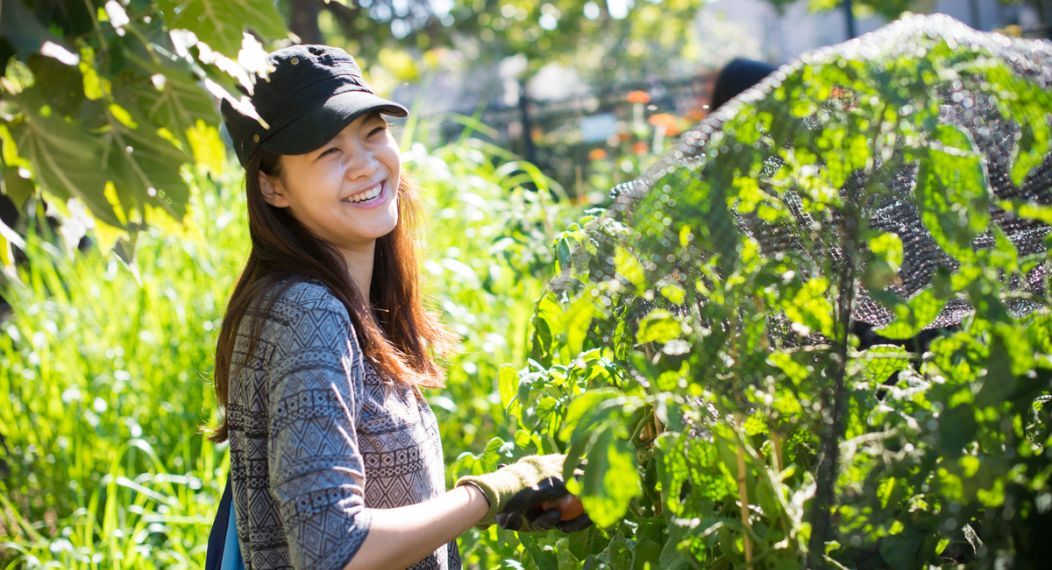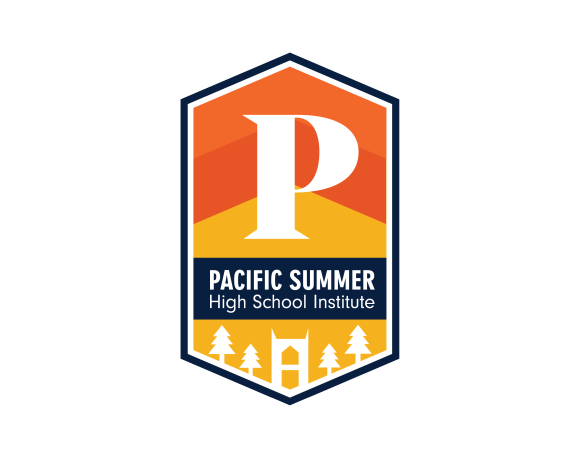Session 2
Plant Biodiversity
Get a Head Start on Your College-Level Biology Studies
Professor Snape asks Harry Potter, “What’s the difference between monk’s hood and wolf bane?” Harry didn’t know the answer, but you will know it and more after completing this program. Plants are all around us, adding beauty to our lives and food and oxygen to our bodies. Look at any picture from the planet Mars—that’s what a world without plants is like. To most people, plants are merely a green background, but this program will show you just how complex, diverse and beautiful they really are. Pacific's Stockton Campus provides a perfect laboratory in which to learn about plant structure and diversity.
Students in this program learn about plants from a faculty member with over 35 years of experience in botany (the study of plants). They gain knowledge about how plants are structured, how they function and about the diversity and relationships of plants, and learn about museum collections, online databases and mapping tools. On-campus field trips take place throughout the program.







